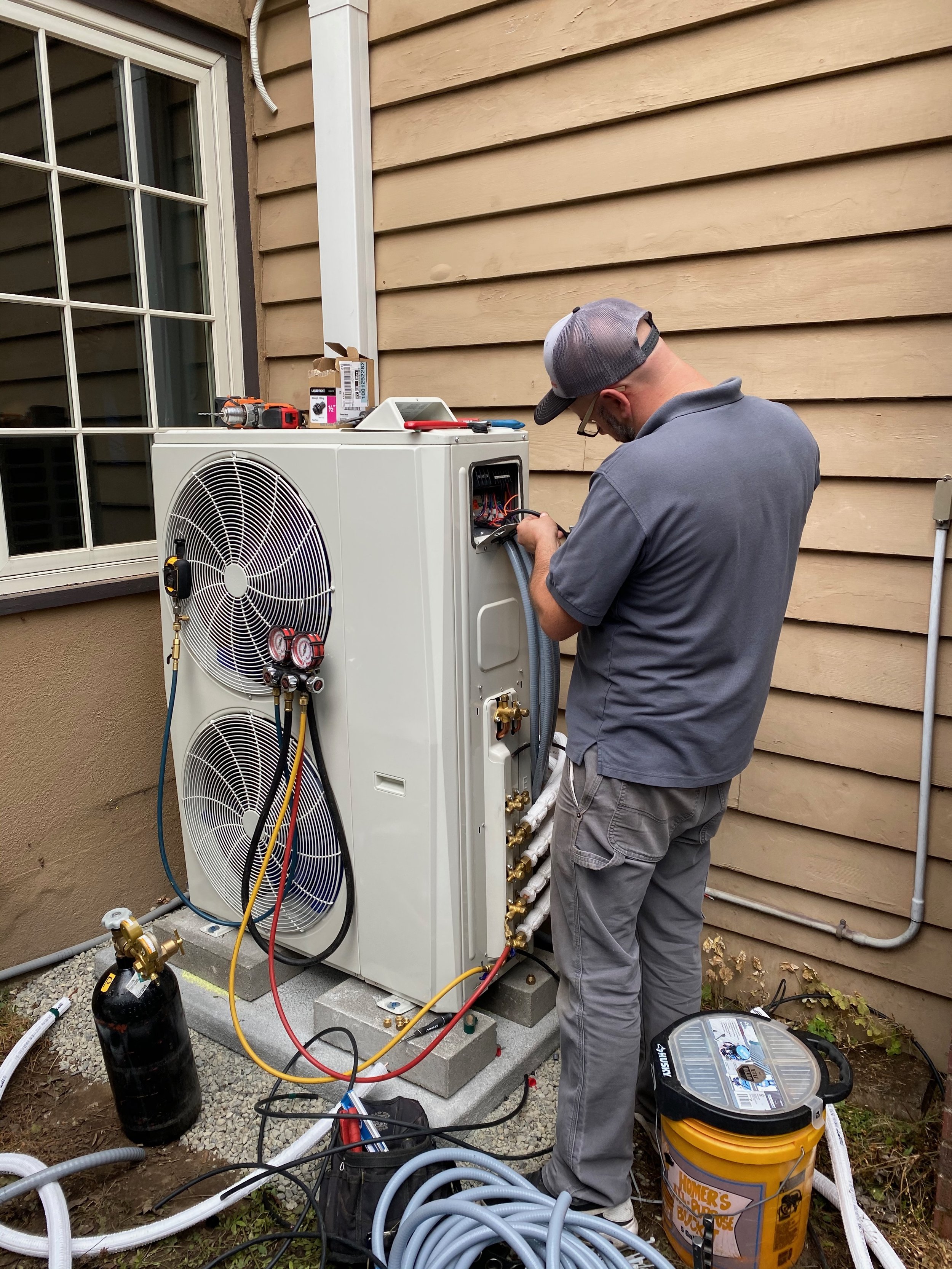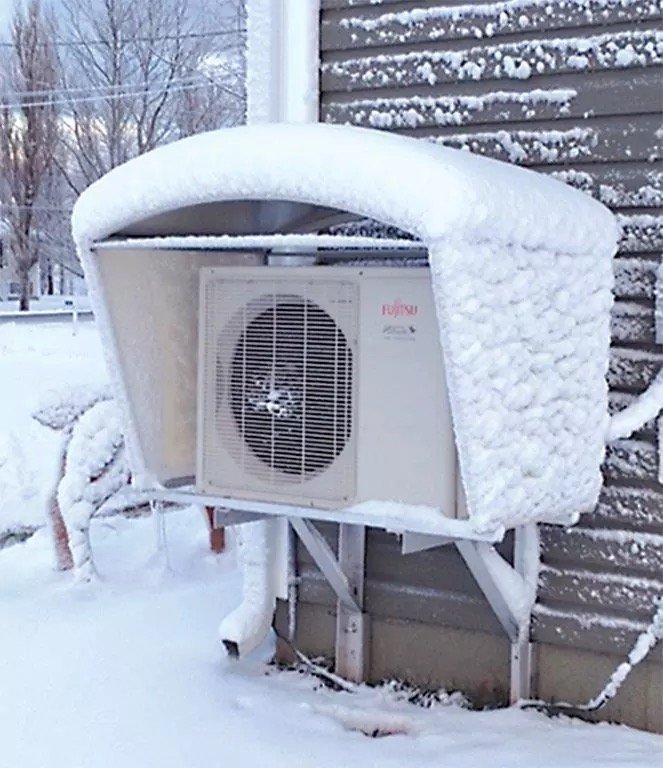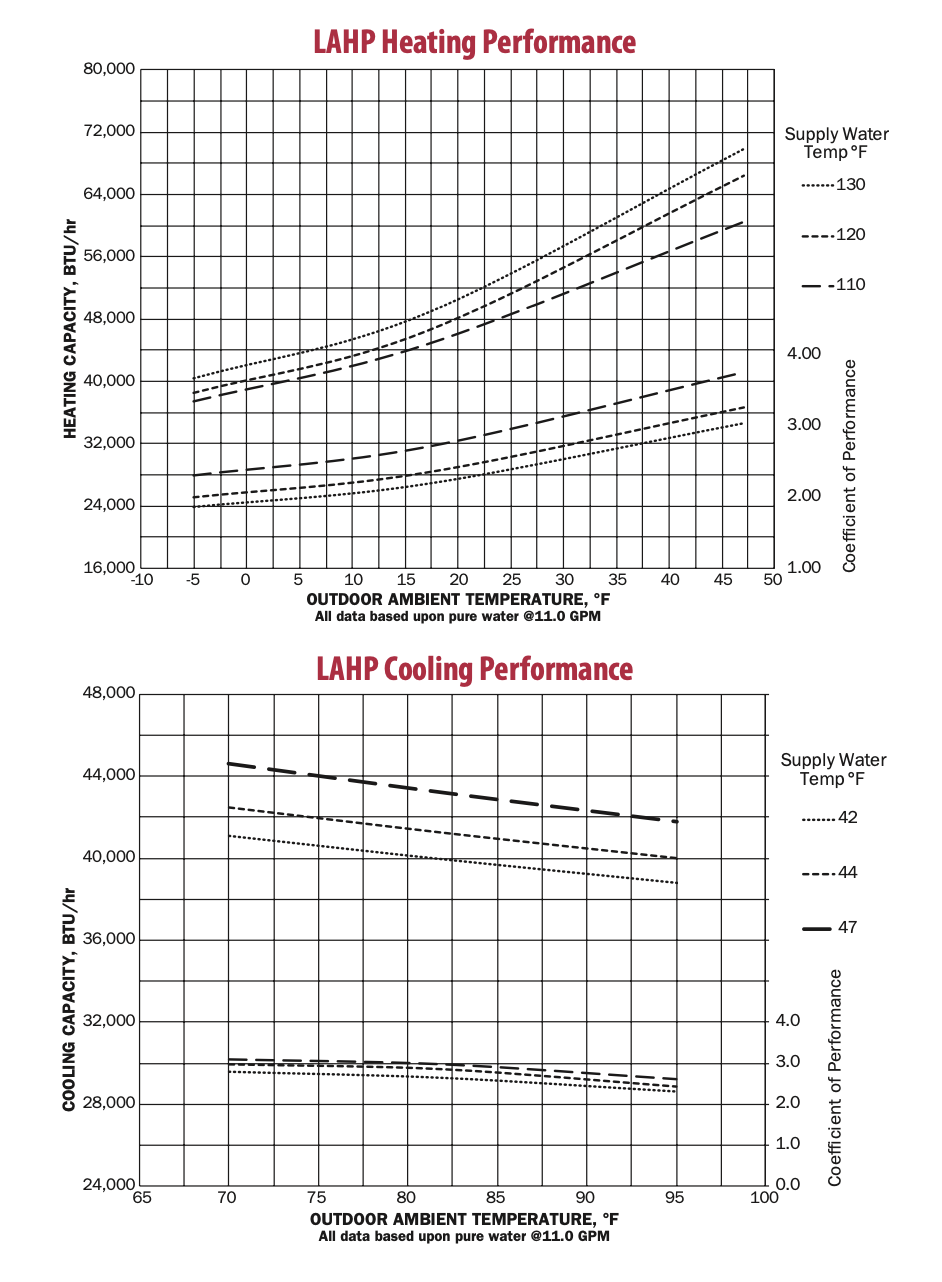Heat Pumps Will Save Us: These Myths Get in the Way
/With legislation and subsidies pushing efforts to rid homes of fossil-fuel burning systems, more emphasis is being placed on mechanical systems which can move homes fully to electric energy . One of the stalwart warriors in this push for electrification is currently the heat pump. While this modern marvel of heating and cooling technology might seem like a rather new player in the field, this technology has been maturing for the last 150 years. Public awareness of this technology is low for a majority of consumers, leading to hesitancy in adopting this highly efficient method of heating and cooling. Dispelling some of the myths and misconceptions around heat pumps can hopefully lead to more widespread adoption of this energy-efficient technology and hopefully lead to a better chance at fighting back against climate change. This first blog in a two-part series focuses on three myths that get in the way of people moving to heat pumps for heating and cooling.
Myth 1: Switching to Heat Pumps Won’t Help Address Climate Change
Graphic from: www.energy.gov
It might seem like a trivial thing that how we heat our homes can make any meaningful impact on the environment, especially with such a small thing like a heat pump. When you consider that there are about 140 million homes in the United States, you can start to see how these small machines can add up to a big difference. Almost half of those homes still use natural gas for heating. Burning natural gas for home heating produces an average of 6,400 pounds of carbon dioxide per home (NPR) annually. That accounts for about 430 billion pounds of CO2, which is almost a quarter of the residential contributions to US total CO2 emissions. If we can convert homes to using heat pumps rather than natural gas, we can cut a significant portion of emissions from the residential sector.
One of the questions that comes up at this point is whether switching to heat pumps in homes still makes a difference if the grid is still powered by oil and gas fired power plants. The answer is yes, it does, but it is less than it would be if the power plants were hydroelectric, solar, wind, or another form of renewable energy. How can this be? The answer lies in the high coefficient of performance that heat pumps offer. Even the most efficient gas furnace is only capable of turning 95% of the potential energy in gas into heat. Most furnaces in use aren’t even this efficient, with many older models only offering 60-70% efficiency. By contrast heat pumps, even in non-ideal conditions can offer 200% efficiency, or a COP of 2.0. In ideal conditions this can jump to a COP of 3, or even 5 when using the most efficient heat pump technologies. In simple terms this means that a heat pump is providing up to 5 units of heating energy for every 1 unit of electric energy. This is good news for grids still powered by fossil fuels since it means that electricity is being put to a more efficient end use.
Lower usage also means less overall demand on the grid which can lessen the strain when these power plants eventually and hopefully get replaced with more renewable energy sources. Less of a strain on these grids will be important for ensuring stability in high demand scenarios. Getting heat pumps into commercial spaces can even further reduce the strain on the grid and greatly reduce carbon emissions. These low load qualities also mean that heat pumps pair amazingly well with solar panels, which would mean even less carbon emissions and allows for the possibility of a self sufficient and eco-friendly home. With all these attributes it’s easy to see how one little building block like a heat pump can make a major difference.
Myth 2: Heat Pumps are Too Difficult to Install
One of the problems with heat pump technology having been around for so long is that there are some ideas and attitudes associated with them that have stuck around longer than they should have. Some of the first heat pumps invented and widely used for home heating were ground source heat pumps. These heat pumps relied on a coil buried in the ground to use the warmer ground’s heat for powering the heat pump’s process. The compressor in these systems circulate a refrigerant through the coils, allowing them to extract heat from this ground source and pump it indoors. By placing the expansion, or evaporator side of the process in the ground, the refrigerant passes through in a low temperature, low pressure state and picks up heat from the ground. Using a small amount of electricity, the compressor turns this low-pressure refrigerant into a high-pressure, super-heated state. With the heat picked up and consolidated, it gets passed to the inside space where it can put that heat into the home, then get cycled through to start the process over.
Midea Ductless heat pump unit being installed outside an older home
Since these heat pumps relied on coils in the ground for their operation, they required excavation for installation. This meant that a suitable location was needed, and a lot of work was necessary for the installation of the outdoor side of the system. Indeed, these ground source heat pumps were difficult and expensive to install because of these requirements. These ground source heat pumps were extremely efficient though, even in very cold climates where air temperatures can reach subzero ranges. Many of these designs are still in use today in places where the efficiency and subzero usefulness outweigh the initial cost and install difficulty.
Thankfully heat pump technology is constantly progressing and being refined. With the advent of air-source heat pumps, installation became phenomenally easier and cheaper. Since air-source heat pumps use ambient air, there is no need for excavation, greatly reducing labor costs and install time. Many air-source heat pumps are available today and commonly known as “ductless” systems. These are the easiest to install and simply require an outdoor unit and an indoor unit with refrigerant lines connecting the two, requiring only a small penetration in the building’s walls. The Midea (“My-dee-uh”) line of products Small Planet Supply offers fit this category and are available in many sizes. The one part of these two-piece, or mini split heat pumps that makes them a little difficult to install is the refrigerant charge. Since these systems are comprised of two pieces connected by refrigerant lines, they are not filled with refrigerant until final assembly is complete. Since charging a refrigerant system is a precisely calibrated process, it is not something you can DIY, and a technician is needed for the process. This does add a level of complexity and expense to the system, but it is still considerably less than what you would see with a ground source system.
Yet even this part of the installation process can be eliminated thanks to innovations and continued improvements to heat pump technology overall. With hydronic systems, water is used to transfer heat between the compressor side and the delivery side, which decouples the refrigerant system from the indoor unit. This means heat pumps can be delivered and installed prefilled with refrigerant, and only water lines need to be ran between the outdoor and indoor unit, eliminating the need for a special technician to fill the refrigerant system on site. If you are looking for a hydronic heating and cooling system like this to fit your needs, be sure to check out the SpacePak line of hydronic systems Small Planet Supply sells.
Myth 3: Air-Source Heat Pumps Only Work in Very Small Climate Range
Ground-source heat pumps have been in use in extremely cold climates for a long time thanks to the relatively stable temperatures available underground. Air-source heat pumps on the other hand have long been limited by the ambient temperature of the surrounding air. For this reason, heat pumps have a reputation of not being very good for extremely cold climates. The issue is that as temperatures decrease, the amount of available heat energy that can be extracted becomes less. This has the effect of lowering the overall efficiency and COP of these systems, to the point where it was more feasible to retain combustion style heating solutions that were cheaper to install and ran at near the same efficiency.
Early solutions to this problem were specifically developed cold climate heat pumps that retained a high COP at extremely cold temperatures. These early cold climate heat pumps carried a higher initial cost and compared to natural gas were also more costly to operate in most of the areas where they were designed for, thanks to the higher price of electricity compared to fuel. As a result of these factors, heat pumps were still not widely adopted in these areas and still carry a stigma as being expensive and ineffective. The good news is that heat pump technology has been improving continuously, and manufacturers have been able to bring the cost down while bringing the COP up.
SPACEPAK Solstice Heating & Cooling Performance
The biggest innovation making this possible is the use of variable speed inverter compressor. This wasn’t available in regular consumer level products just 10 years ago. The variable speed inverter allows the heat pump to adjust to different conditions to allow for the best efficiency in a given scenario. Coupled with variable speed fans, better refrigerants, and overall more efficient design, these newer pumps, like some of those by Midea that we carry, are able to maintain COPs of 2 or more down to at least 0*F. Even hydronic systems like the SpacePak SIM series can boast COPs of 2+ at these below freezing temperatures.
Another benefit of using newer technology is the ability for these heat pumps to provide cooling as well as heating. This double capacity makes these systems even more useful and broadens the areas where it makes sense to install them. If installed in a climate where it does not get below freezing in the heating season, these heat pumps can see COP upwards of 4-5, which is amazingly efficient and can provide for a comfortable home at a much lower cost to the consumer than natural gas or electric resistance heating. Then, in the summer months they can provide cooling and perform similarly efficiently. Cooling capacity is measured with a different term, Effective Energy Ratio, or EER, but it serves the same purpose of representing a ratio of required energy to thermal energy output. In the case of cooling, an EER of 10 would mean that to reach a cooling capacity of 10,000 BTU, you would need to supply the heat pump with 1,000W of power, the higher the rating, the more efficient the system is. The aforementioned Midea systems can achieve an EER of 13+ under ideal conditions, and even on the hottest days still achieve impressive ratings of 8-10. The SpacePak hydronic systems also provide cooling, and these can also attain high EERs of 10-13 depending on model and conditions.
With systems capable of providing highly efficient heating and cooling, savings and comfort can be had year-round.
Between climate advantages, easier installation, and more flexibility in responding to changing climate, the facts about heat pumps show they hold promise in helping buildings to be more comfortable and moving us toward our climate goals. Watch out for next month’s blogpost where we will explore more heat pump myths.












